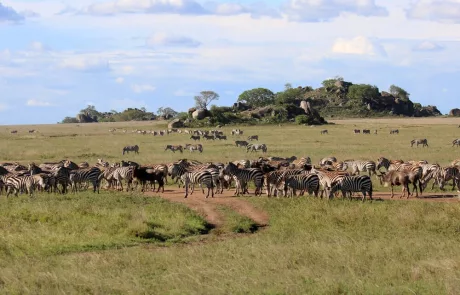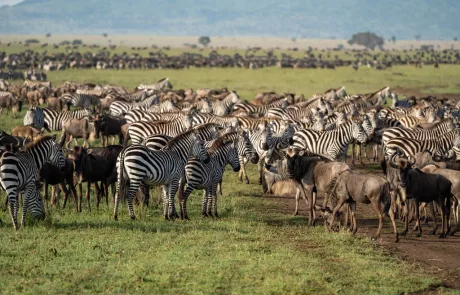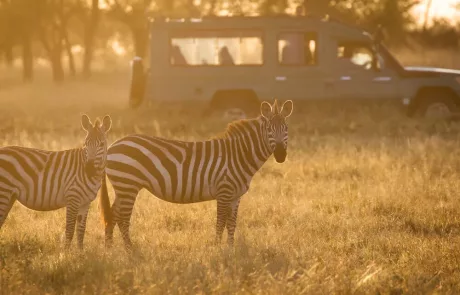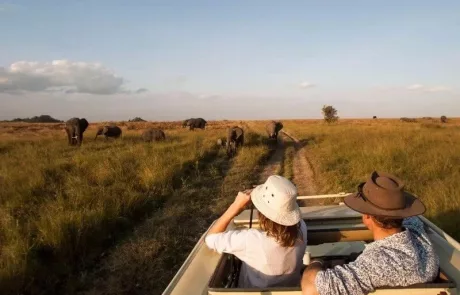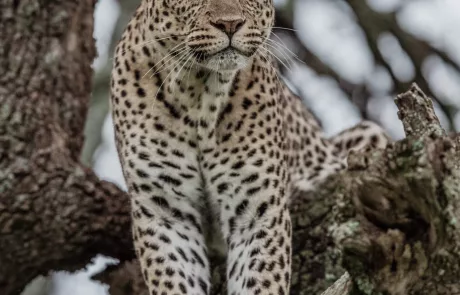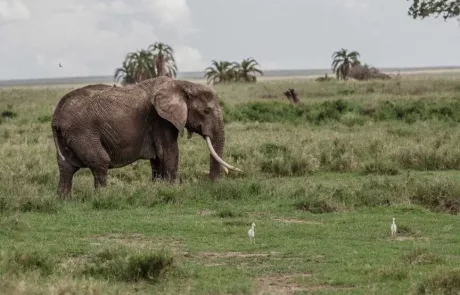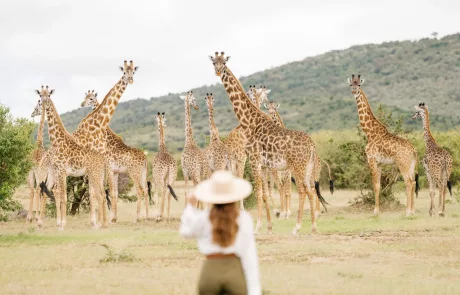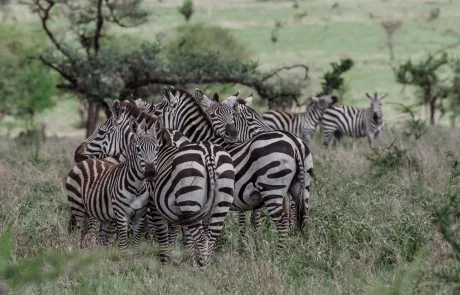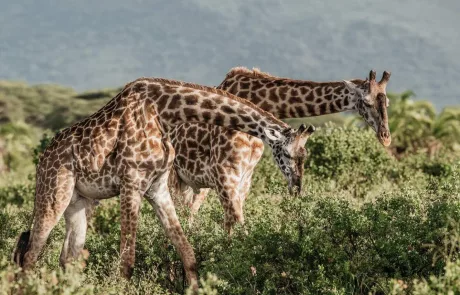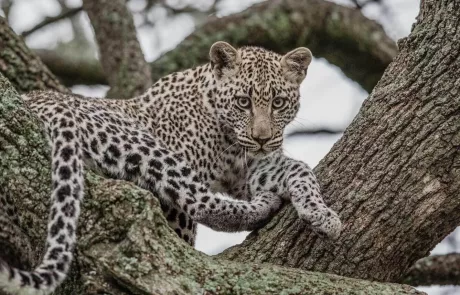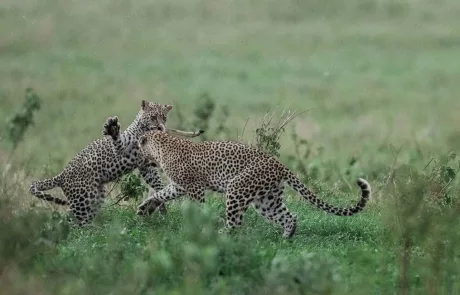Serengeti National park
Serengeti National Park is a wildlife enthusiast’s ultimate destination. With its breathtaking landscapes, abundant wildlife, and awe-inspiring birdlife, it offers an unforgettable experience for all who venture into its vast plains.
Design your trip
Design your trip
Serengeti National Park: A Wildlife Lover’s Paradise
Serengeti National Park is undoubtedly one of the most renowned wildlife destinations in the world. Sprawling over 14,750 square kilometers, the park is part of the larger Serengeti ecosystem and is situated in the northern part of the country. Known for its iconic grassy plains, stunning wildlife, and breathtaking savannah landscapes, Serengeti is truly a nature lover’s dream come true.
Wildlife & Animals – Serengeti NP
Serengeti National Park is famous for its diverse and abundant wildlife. It is home to the “Big Five” – lions, elephants, buffalos, leopards, and rhinos. The park is also known for the annual wildebeest migration, where millions of wildebeests and zebras make their way across the plains in search of greener pastures. Alongside these majestic creatures, visitors can also spot cheetahs, giraffes, hyenas, and countless other species. The park’s vast and untouched landscapes provide the perfect backdrop for an unforgettable wildlife safari experience.
Birds – Serengeti NP
In addition to its impressive mammalian population, Serengeti National Park is also a haven for bird enthusiasts. With over 500 bird species recorded within the park, including colorful and rare species such as the Kori bustard and the African fish eagle, birdwatchers will be in sheer paradise. From towering ostriches to elusive Secretary birds, the park offers diverse birding opportunities for both novices and seasoned birdwatchers.
Best Time To Visit – Serengeti National Park
The best time to visit Serengeti National Park largely depends on the type of wildlife experience you seek. The dry season, which runs from June to October, is considered the prime time for game viewing. During this time, animals gather around watering holes, making it easier to spot them. The wet season, from November to May, is characterized by lush vegetation and the birth of young animals, making it an ideal time for photographers and those interested in witnessing the circle of life.
Weather & Climate – Serengeti NP
Serengeti National Park experiences a relatively consistent climate throughout the year. Temperatures typically range from 20 to 30 degrees Celsius, with the cooler months falling between May and August. Rainfall is concentrated in the wet season, with April and May being the wettest months. It is important to pack appropriately, with lightweight and breathable clothing advised, as well as a good sun hat and sunscreen, to protect against the high levels of sun exposure.
Getting There – Serengeti NP
Reaching Serengeti National Park is an adventure in itself. Most visitors choose to fly into Kilimanjaro International Airport or Julius Nyerere International Airport in Dar es Salaam. From there, domestic flights are available to Seronera Airstrip or other airstrips within the park. Alternatively, you can opt for a scenic drive from Arusha. You can combine Serengeti National Park Safaris to Tarangire , Lake Manyara, Ruaha, Arusha, Selous, Ngorongoro and Zanzibar
Malaria & Safety– Serengeti National park
Serengeti National Park is located in a malaria-endemic region, so it is crucial to take necessary precautions. Consult with a healthcare professional before your trip to ensure you have the appropriate anti-malarial medication, insect repellents, and clothing that covers your arms and legs. Additionally, it is advisable to apply a high SPF sunscreen to protect against sunburn and to stay hydrated throughout your visit. Your safety is paramount, so always follow the advice of experienced guides and be mindful of the park rules and regulations. Read our TripAdvisor reviews here

